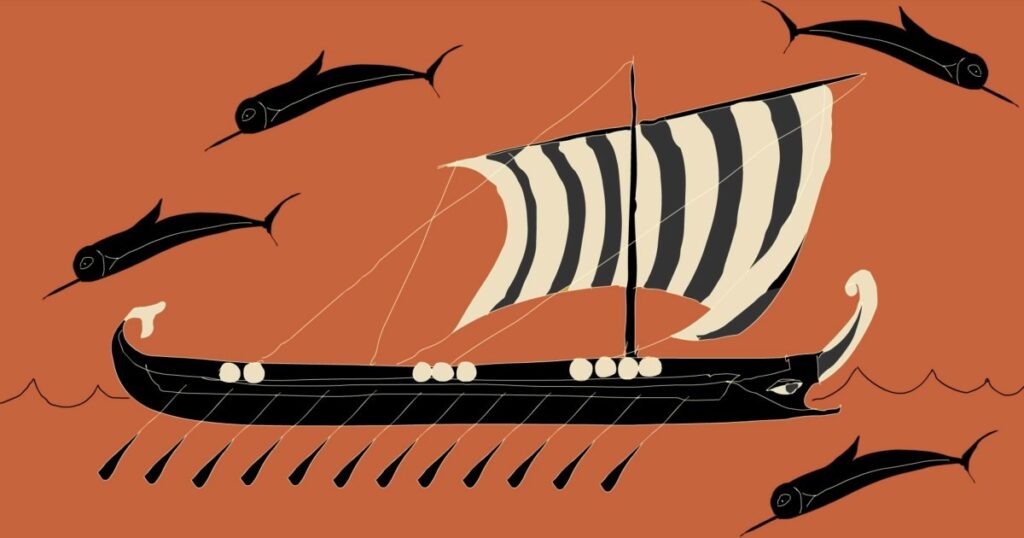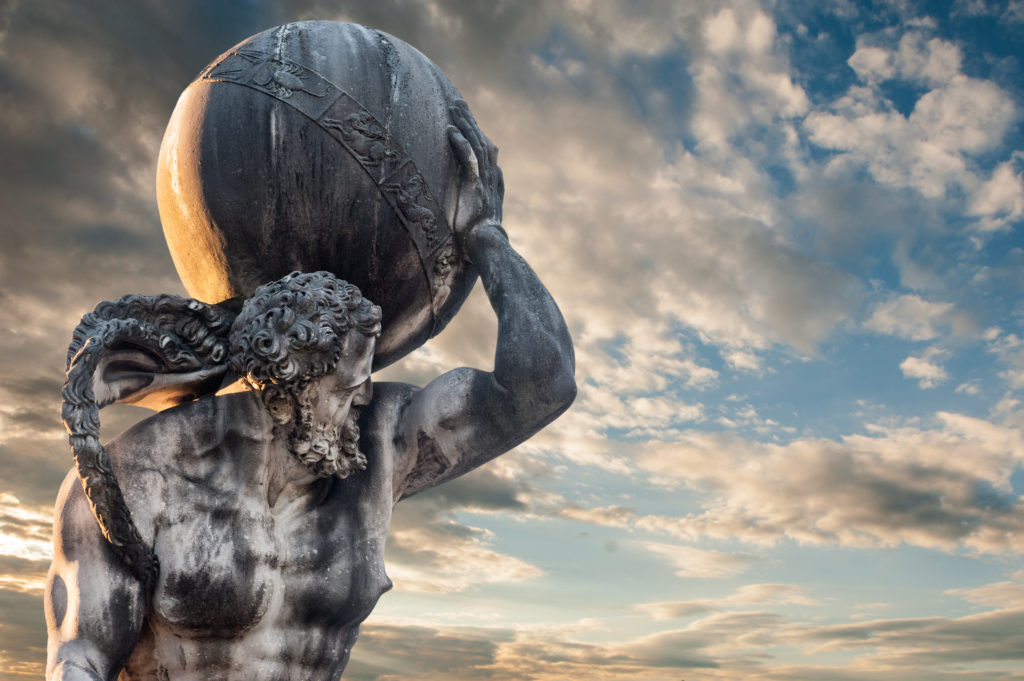An ancient tale brings lessons to our life. How malleable is our soul?
At what point do we change, become different, or new? Are you, mentally, the same person that you were five, ten, or twenty years ago? Are you physically the same? Down to the cellular level, are you the same? How many times have your cells regenerated? These are a few of the questions arising from metaphysical philosophy.
Metaphysics: The Branch of philosophy that examines the fundamental nature of reality, including the relationship between the mind and matter.
Theseus was a mythical Greek king with a complex identity formed over thousands of years of story and tale. He was the son of Poseidon, the warrior, the founder of Athens and the slayer of the Minotaur. Following the tales of Theseus and his great battles, it is said that Theseus’ famous ship was preserved. Ultimately, it was Plutarch who first who shared this story, raising the thought experiment that questions the metaphysics of identity.
What makes you “you” and if we change something within ourselves, are we still one’s self or are we something different?
“The ship wherein Theseus and the youth of Athens returned had thirty oars, and was preserved by the Athenians down even to the time of Demetrius Phalereus, for they took away the old planks as they decayed, putting in new and stronger timber in their place, insomuch that this ship became a standing example among the philosophers, for the logical question of things that grow; one side holding that the ship remained the same, and the other contending that it was not the same.”
– Putarch
As the story goes, Theseus’ ship was returned to Athens and was preserved in an Athenian bay and kept in a sea worthy state for an annual trip to Delos to honor the God Apollo. The ship was preserved for one thousand years. Over time, however, the planks of the ship were worn and decayed, and thus the Athenians replaced certain planks with stronger timber. Ultimately, philosophers began to question how much of the ship held the original planks, and therefore is the ship really Theseus’ ship? Thus raising what is known as the Theseus Paradox.

Some will say that the answer relies on how quickly the planks are replaced—or a gradual change is needed for the original ship to remain intact. Some will say that at least one original plank needs to remain on the ship, for it to be the original. What if one of the sailors replaced a plank, but did so incorrectly? Is it still Theseus’ ship? The British philosopher, Thomas Hobbes, posed the interesting scenario of taking the decayed planks and building a new ship with them. Is the new ship made of Theseus’s old planks still Theseus’ ship? This interesting thought experiment ultimately may come down to identity and the human perception. We decide what threshold we have for identities, and what exact characteristics are needed to base said identity.
identity, from Latin: identitas (“sameness”), is the relation each thing bears only to itself
In nature, identity seems to be ever-changing. There are countless examples of growth, death, rebirth and regeneration throughout nature. Each year, deer shed their antlers and regrow them once per year, with shedding in the Wintertime and regrowing in the Springtime. Octopi are able to regrow all of their limbs. Plants regrow leaves and heal. There has even been research conducted on the decapitation of worms, and their ability to regrow the brain and retain memories within (an early example of cellular memory—the theory that data can be stored by cells outside of the brain).
For us humans (assuming that you are indeed, human, when reading this), it is often told that the body replaces itself every seven to ten years as cells replace themselves throughout our body. The truth is that seven years is a general average across the cells in our body. Some of our cells are older, some are younger, and some will never be replaced. Our bone cells are replaced about every ten years. Brain cells, for example, don’t regenerate, with the exception of certain memory cells being able to regrow. So perhaps in both a physical and mental sense—in other words a metaphysical sense— it is our mind and brain that is constant.
Although don’t let the idea that our physical mind being constant discourage you. Mentally, we can still be built up and broken down through our own efforts: our ideas, our own learnings, our own experiences can renew our mind no matter what age.
Writer, Author and Entrepreneur, James Clear outlines the astounding differences that can be made if you become just 1.0% better at any thing every single day. The math is simple, and compounds quickly, as James Clear outlines to us:
1% better every day = 1.01^365 = 37.78
If we improve by 1% every single day, we will be 37x better. Change is a product of our habits. Our habits occur over each day, building or detracting from us. On the other end of being worse off:
1% worse every day = 0.99^365 = 0.03
In short, if you get worse by 1.0% every day, at the end of one year you will be just 3.0% of where you originally were. Now let’s think in years and decades. If you work at something every single day (or even every other day) for years and continuously get better, think of how much you can change. Now will that changed-self still be the same person?
The answer to the Theseus paradox is up to you. But perhaps we are never in a single state of being, but continuously in flux and changing.






3 Comments
Hello colleagues, its great paragraph regarding
educationand fully explained, keep it up all the time.
Wow, wonderful blog layout! How long have you been blogging for? you made blogging look easy. The overall look of your web site is fantastic, let alone the content!|
Hi there, just wanted to say, I loved this blog post. It was practical. Keep on posting!|